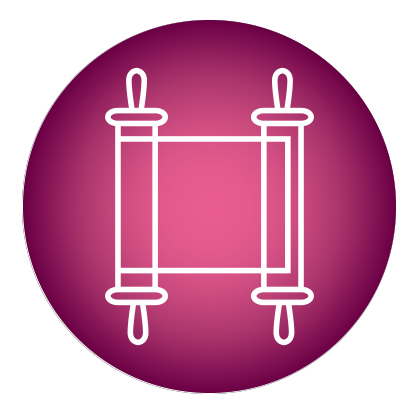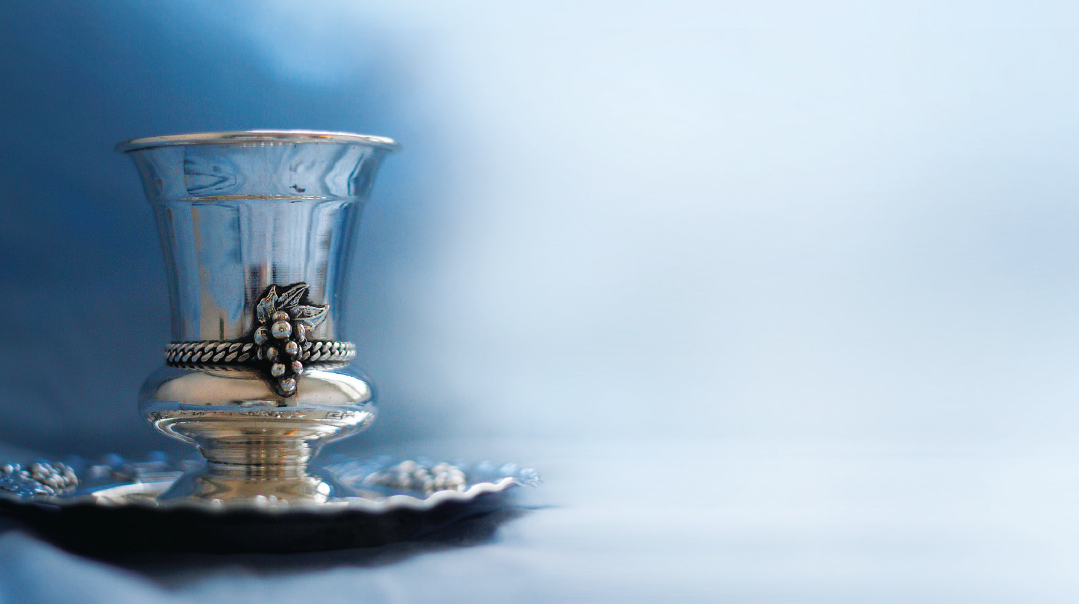Pesach Perspective

To truly experience Yom Tov, the feelings have to come from a deeper source

“Why is this night different from all other nights?” (Haggadah shel Pesach)
Picture a child who’s used to a fun, noisy Seder. Then he gets older, and he loses that spark. He sees the kids come to the Seder revved and refreshed from an Erev Pesach nap, while he’s exhausted. He wonders where the excitement has gone. He bought a brand-new Hagaddah hoping to find inspiration. He tries going to a shiur before Maariv. But he still feels he’s lacking a child’s enthusiasm. (Rav Itamar Schwartz, Bilvavi)
It’s the night before bedikas chometz. I’m six years old and it’s way past my bedtime, but I’m too excited to fall asleep. I sneak downstairs and tiptoe into the dining room, my breath catching at the covered breakfront, the seforim standing neatly at attention, and the table set with the special Pesach tablecloth.
More than the foil-covered kitchen and the Pesach dishes, this tablecloth symbolized Pesach. It was a simple white, its borders hand-embroidered with perfect stitches, made by my aunt’s mother and gifted to my mother. My heart beat faster in excitement as I stroked the soft cloth draped over the extended table. This tablecloth heralded our arrival, a testimony to weeks of hard work. We had made it. Pesach was almost here.
What’s the adult’s mistake? Superficial excitement only works for a child. As long as the child has a new suit and the food smells delicious, he “feels” Pesach. But these superficial trappings don’t help an adult “feel” Yom Tov. Biting into his matzah, it’s as dry and tasteless as he feels. To truly experience Yom Tov, the feelings have to come from a deeper source.
Last year, on a visit to my mother before Purim, she surprised me by dropping a wrapped package into my lap. Opening it almost reverently, I stroked the soft material, gently fingering the meticulous stitches. “For me?”
“You always appreciated it the most,” my mother said gently. “It’s too big for my table now. I’d like you to have it.”
It was mine now. Mine to make the magic of Leil HaSeder.
Arriving home, I showed my children the precious treasure I had in my suitcase. While they were less impressed, I knew that I now had an added incentive to throw myself into Pesach cleaning that year. I wanted to spread that tablecloth over my own dining room table and to know that I’d arrived, I’d made it.
An adult needs to connect to the essence of the Yom Tov with two approaches. There are the intellectual thoughts and concepts that will stimulate his mind. And he must also tap into his emotions. But not like a child, by singing Hallel at the top of his lungs. An adult needs to feel the essence of the Yom Tov in his soul. A true “feeling” for something isn’t an emotionally charged excitement. Rather, it’s an understanding of the reality and an appreciation of what the Yom Tov means to him, personally, deep down. Then he can tap into his own understanding and emotions to feel Pesach.
The night of bedikas chometz arrived. The kids were in bed (albeit giggling, refusing to fall asleep). I stood in the dining room, alone, and spread the soft cloth over the table, waiting for the magic to hit. Waiting for that feeling of peace coupled with excitement. We had made it. We had made Pesach.
But niggling thoughts kept intruding on the moment. I still had to make charoses. Defrost the meat. Had Avi picked up his suit from the cleaners? Were the ten pieces of bread in a safe place?
I struggled to recapture my childhood memories. The tablecloth told me I was finished. We’d done it. But the adult in me knew that work is never quite done. Frustrated at being deprived of this sense of completion, I went back into the kitchen.
Then Leil HaSeder was upon us. Here in Eretz Yisrael, there’s only that one night to give it all you’ve got. As we gathered around the table, I looked at the shining faces of my children and grandchildren. Unconsciously, my fingers traced the tablecloth’s stitching.
From my simple thoughts as a child, to my deeper understanding of Leil HaSeder, of the nissim and yeshuos and Yad Hashem throughout the entire year — now I understood. The tablecloth didn’t symbolize completion. It symbolized continuation.
(Originally featured in Family First, Issue 838)
Oops! We could not locate your form.

